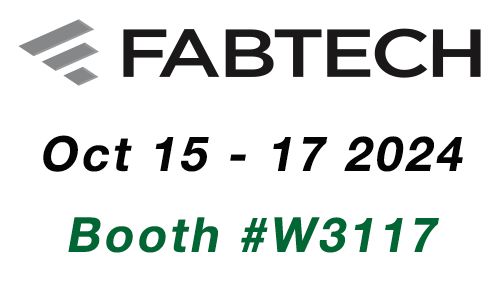Drywall Dust Collection and Drywall Sanding Dust Control
Key Points
- New OSHA regulations have restricted silica dust permissible exposure limits (PELs) to 50 micrograms per cubic feet of air.
- When sanding drywall, workers generate a substantial amount of airborne silica dust.
- Industry best practices, including an investment in specialized drywall dust vacuums, can help employers protect workers and mitigate safety risks.
Silica Dust Regulation Overview
The Occupational Safety and Health Administration (OSHA) has a new set of construction safety regulations going into force September 23, 2017 with the intent of limiting worker exposure to crystalline silica dust. Inhalation of silica dust particles has been associated with lung cancer, silicosis, and other lung diseases. Construction employees who inhale fine particles of silica dust may be at risk. Even when dust does not contain silica, construction employees may be at risk as exposure to high levels of dust, whether it contains silica or not, can be harmful.
The new silica dust safety regulations reduce the permissible exposure limit to 50 µg/m3, or lower, on a weighted average over an 8-hour period. To reduce the permissible exposure limit, OSHA’s regulation states that silica dust collection vacuums must contain a filter with 99.00% efficiency or greater.
Drywall Dust Control
Sanding drywall compound generates a significant amount of airborne dust. To avoid potentially hazardous exposure to dust, employers should follow all best practices and employ dust control measures during all drywall preparation and finishing tasks.
Drywall Dust Control Best Practices:
1. Set expectations. Educate employees about the actions that should be taken to control drywall dust and why it is important for their safety.
2. Plan. Formulate procedures as to how the dust on the construction jobsite is going to be managed and create a written plan of action.
3. Isolate the work area. Protect work areas, limit access to these areas and put up barriers to limit the spread of any dust.
4. Use proper personal protective equipment. Workers should protect their mouth, eyes, nose, eyes, hands and feet when working on a construction jobsite. When necessary, workers should wear OSHA approved respirators to prevent inhalation of dust.
5. Collect dust at the source. The best way to control dust is to collect it at the source of generation with drywall dust collection systems and sanders with integrated vacuum-connections.
6. Use a long-reach pole sander. Using a long-reach (pole) sander improves work efficiency and puts the operator further from the dust, further limiting his/her direct exposure.
7. Vacuum, don’t sweep. Sweeping construction debris lifts dust in to the air. Use a drywall dust vacuum to collect all airborne dust from drywall finishing. Vacuums should use either HEPA or fine particulate filters.
8. Clean up as you go. Clean up messes as they are being created to reduce the amount of dust propagating through the air.
9. Maintain your dust collection vacuum. Vacuum performance depends largely on how well filters are maintained. When filters become caked with dust, the vacuum’s airflow rate decreases and dust is not captured and could be expelled back into the environment.
10. Use a HEPA filter vacuum for higher filtering efficiency. Use high-efficiency particulate air filters for maximum dust control. The OSHA regulation requires 99.00% or better filtering efficiency with standard vacuums and a 99.97% or better filtering efficiency with HEPA vacuums.
11. Never use compressed air. Using compressed air to clear or “sweep” dust is strongly discouraged. It can significantly increase dust exposure, especially in enclosed spaces.
Drywall dust collection power tools and vacuum systems are very effective in eliminating or suppressing silica and respirable dust. Investing in an efficient, high-quality drywall dust collection system and learning to use it to its fullest extent is your best tool for protecting workers, minimizing lost time, losing profit and avoiding liability exposure.
At CS Unitec, our standard dust collection vacuums offer a filtration efficiency of 99.930%, while our HEPA dust collection vacuums have a 99.999% filtration efficiency of particles down to 0.3 microns. Our dust extraction vacuums offer strong 130 CFM air flow and an electromagnetic pulse filter cleaning system to maximize vacuum power and drywall dust collection.
Please call us at 800-700-5919 to talk to a tool specialist about your dust collection needs and/or if you would like a copy of OSHA's crystalline silica dust regulations.
It is each company's responsibility to follow all OSHA, state and local safety regulations regarding the choice, operation and maintenance of power tools and dust collection/suppression systems. This includes tools and systems used when working with materials containing crystalline silica. For more information about OSHA's silica dust collection guidelines and regulations, visit the links below:
 Urgent Weekend/Holiday Fulfillment Available - Click For Details
Urgent Weekend/Holiday Fulfillment Available - Click For Details 




